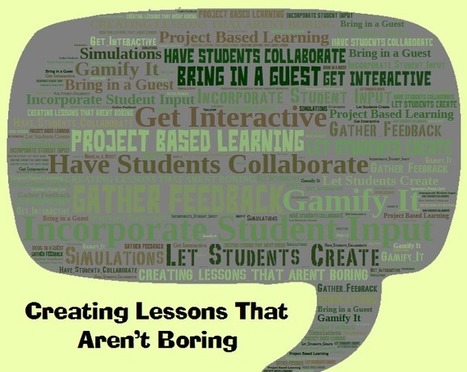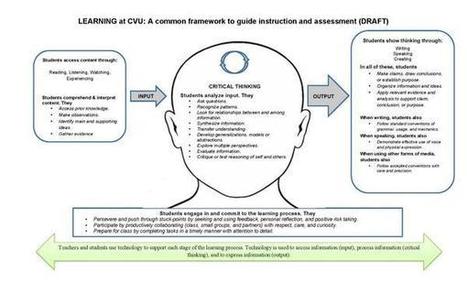Dozens of free web tools and ideas that can pack a technology integration punch and kick those lessons up a notch Are you tired of delivering the same old
Research and publish the best content.
Get Started for FREE
Sign up with Facebook Sign up with X
I don't have a Facebook or a X account
Already have an account: Login
Tech tools that assist all students to be independent learners & teachers to become better teachers
Curated by
Beth Dichter
 Your new post is loading... Your new post is loading...
 Your new post is loading... Your new post is loading...
|

Raquel Oliveira's curator insight,
September 23, 2014 7:21 PM
Aprendizagem requer mudanças no cérebro. Uma conversa interessante sobre pensamento critico. |











A great variety of practical ideas and resources for engaging students in learning with technology, including:
Incorporate Student Input and Gather Feedback
Gamify It
Let Students Create
Get Interactive
Have Students Collaborate
Project Based Learning
Simulations
Bring in a Guest or Two
adicionar a sua visão ...